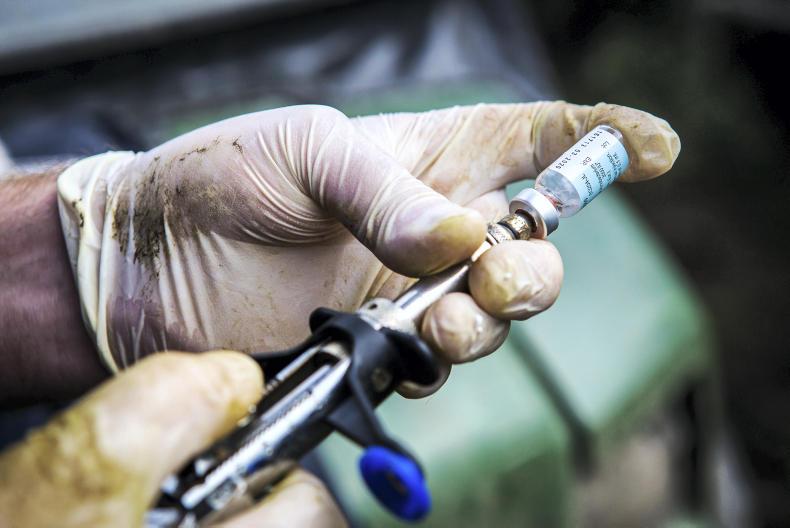A number of TDs and senators sought clarification from Department of Agriculture officials on the use of skin and blood test for TB in cattle.
At a Joint Oireachtas agriculture committee meeting on Tuesday 11 December, senior veterinarian with the Department Michael Sheehan explained the differences in sensitivity and accuracy of the two tests.
He said the interferon-gamma TB blood test was used by vets in cases where a herd had three or more breakdowns. The sensitivity of a blood test is much higher than the skin test and will detect TB at an earlier stage.
False positives
However, a blood test is not used as a screening test because it results in a much higher percentage of false positives. Sheehan said that for every 100 cattle tested, three would appear as a false positive.
In the case of a skin test, only one in 5,000 animals will appear as a false positive. However, issues arise with the skin test due to its sensitivity. Sheehan said a skin test would only pick out an infected animal 80% of the time.
He emphasised that as far as diagnostic tests went, 80% was “pretty good” and that there were few screening tests that had a higher rate. He added that unfortunately it did not appear that any better tests would come on stream in the next five to 10 years.
He said the differences in test accuracy and sensitivity was why “infected animals are left behind” in some cases.






 This is a subscriber-only article
This is a subscriber-only article










SHARING OPTIONS: